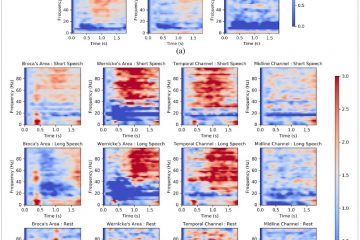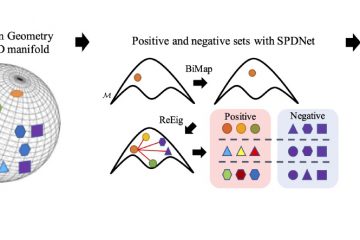The brain-computer interface (BCI) technique is a novel control interface to translate human intentions into appropriate motion commands for robotic systems. The aim of this study is to apply an asynchronous direct-control system for humanoid robot navigation using an electroencephalograph (EEG), based active BCI. The experimental procedures consist of offline training, online feedback testing, and real-time control sessions. The amplitude features from EEGs are extracted using power spectral analysis, while informative feature components are selected based on the Fisher ratio. The two classifiers are hierarchically structured to identify human intentions and trained to build an asynchronous BCI system. For the performance test, five healthy subjects controlled a humanoid robot navigation to reach a target goal in an indoor maze by using their EEGs based on real-time images obtained from a camera on the head of the robot. The experimental results showed that the subjects successfully controlled the humanoid robot in the indoor maze and reached the goal by using the proposed asynchronous EEG-based active BCI system.
Related publications
1. Y Chae, J Jeong, S Jo, Toward Brain-Actuated Humanoid Robots: Asynchronous Direct-Control Using An EEG-Based BCI, IEEE Transactions on Robotics, 28(5):1131-1144, 2012. [LINK] [PDF]
2. Y Chae, J Jeong, S Jo, Noninvasive brain-computer interface-based control of humanoid navigation, Proc. of IEEE/RSJ Int conf on Intelligent Robots and Systems (IROS) 2011. [LINK] [PDF]
3. Y Chae, S Jo, J Jeong, Brain-Actuated Humanoid Robot Navigation Control Using Asynchronous Brain-Computer Interface, 5th International IEEE EMBS Conference on Neural Engineering, 2011.[PDF]
4. B -G Shin, T Kim, S Jo, Non-invasive brain signal interface for a wheelchair navigation, ICCAS 2010. [PDF]
5. J Park, K-E Kim, S Jo (2010) A POMDP approach to P300-bassed brain-computer interfaces, Proc of the 14th International Conference on Intelligent User Interfaces (IUI). [PDF]

